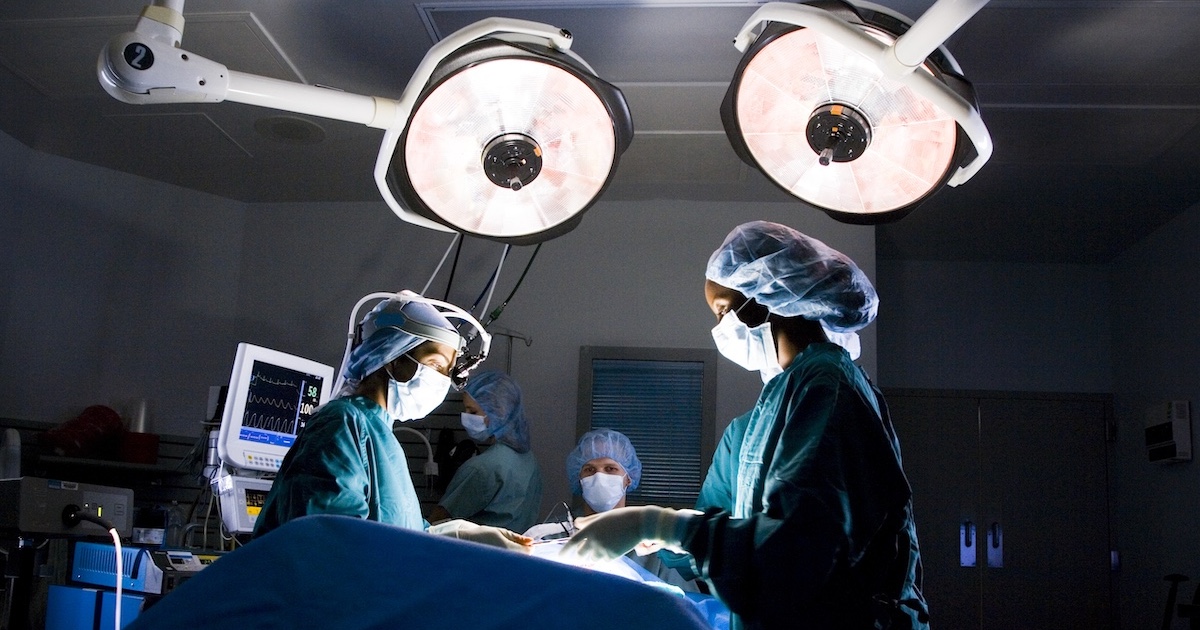
Research conducted on the International Space Station (ISS) may result in early cancer detection, advance treatments for neurodegenerative conditions and improve respiratory therapies.
Space Station (ISS) on SpaceX’s 31st Commercial Resupply Services (CRS) was on a mission for NASA.
SpaceX’s Dragon spacecraft contained close to 50 biotechnology, physical science and student research payloads sponsored by the ISS National Laboratory.
The researchers took advantage of the unique environment of the space station to investigate potential therapies that could benefit patients on Earth.
Bristol Myers Squibb, in conjunction with the ISS National Lab Commercial Service Provider Redwire Space, built on its history of protein crystallization on the space station with a project looking to crystallize model small molecule compounds to support the manufacturing of more effective therapeutics.
According to researchers, crystals grown in microgravity are often bigger and more well ordered than those grown on the ground, and could have improved morphology (geometric shape).
Some payloads that returned to Earth were funded by the U.S. National Science Foundation (NSF), including a project from the University of California Santa Barbara aimed at leveraging microgravity to understand how mucus that lines the human airway affects the delivery of medication to the lungs.
The investigation, which was launched on NASA’s SpaceX CRS-29 in November 2023, used gel-coated tubes to study the role of mucus in the transport of liquid plugs through the airway.
Results from this project might improve modeling of drug delivery for treatments, including surfactant replacement therapy (a treatment for infants with respiratory distress syndrome).
Additionally, in an investigation funded by NSF, University of Notre Dame researchers expanded on the success of previous work on the space station that examined the physics of bubble formation in microgravity.
In that investigation, researchers used light to generate bubbles that can collect, concentrate and deposit trace amounts of substances in a solution onto a surface for collection and analysis.
Results may lead to new biosensor technology for the detection of early cancer markers in blood or trace substances in liquids.
Meanwhile, multiple projects sponsored by the ISS National Lab and funded by NASA concentrated on in-space production applications, an area of strategic importance to both organizations.
For example, in one investigation by Sachi Bioworks, working in tandem with ISS National Lab commercial service provider Space Tango, tested novel gene-targeting drugs on brain organoids to advance the development of new therapeutics for neurodegenerative conditions, including Alzheimer’s disease, Parkinson’s disease, Lou Gehrig’s disease (ALS) and glioblastoma (a fast-growing and aggressive brain tumor).
In another investigation, students in Ohio testing the Liquid I.V. powdered hydration solution on plant cells in space were among almost 40 teams that conducted experiments as part of Student Spaceflight Experiments Program (SSEP) Mission 18.
Their aim is to prepare the next generation of scientists and engineers by engaging school communities in the development of scientific investigations to be conducted in microgravity.
Separately, researchers from Emory University conducted a study on molecular alterations of human induced pluripotent stem cells (hiPSC-CMs) in response to spaceflight by growing the cells in spheroids on the International Space Station (ISS). The spheroids were cryopreserved on the ground and cultured under space microgravity for eight days. Control cells were cultured on the ground using the same cell culture device. On the ISS, astronauts cultured the cells and sent back beating cardiomyocytes. The findings were published in the journal Biomaterials.
THE LARGER TREND
In 2024, the U.S. National Science Foundation (NSF) funded a solicitation searching for projects that use the International Space Station (ISS) National Laboratory to advance tissue engineering and mechanobiology research. Through the solicitation, NSF provided up to $1.6 million in funding for multiple projects.
In October of last year, when NASA's SpaceX Crew-9 launched to the International Space Station (ISS) on Sept. 28, one of the ISS National Lab-sponsored investigations included a student-led project designed to investigate the consequences of radiation and the space environment on gene-editing mechanisms.
The ISS National Laboratory said that data from the project may help to develop techniques that more effectively protect astronauts and potentially clarify the genetic risks for some diseases during space travel.


